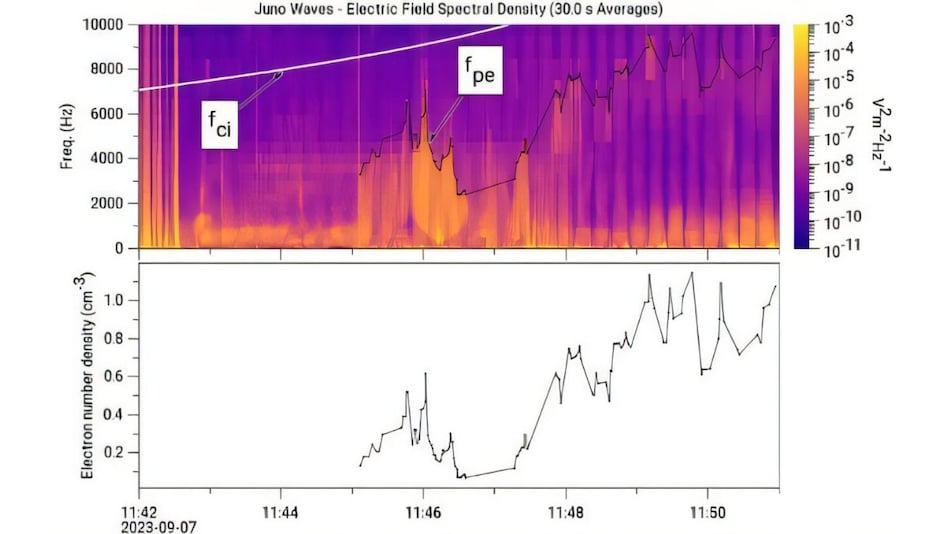
NASA’s X-59 aims to surpass the speed of sound without generating disruptive sonic booms associated with supersonic jets. This innovative 99-foot aircraft eliminates the traditional windscreen, utilizing an augmented reality (AR) camera system known as the External Vision System (XVS) for pilot visibility.
X-59: The Sonic Boom Solution
During recent taxi tests at U.S. Air Force’s Plant 42, NASA test pilot Nils Larson operated the X-59 at low speeds to evaluate steering and braking. Lockheed Martin and NASA are preparing for high-speed taxi tests, essential for the upcoming takeoff.
Preparation for First Flight
The X-59, developed by Lockheed Martin at Plant 42, is undergoing crucial tests. Plant 42, known for advanced aircraft production including the B-2 Spirit and F-22 Raptor, signifies a hub for aerospace innovation.
Placing emphasis on advanced aviation solutions, NASA and partners are testing the X-59’s noise generation through supersonic wind tunnel experiments, a collaborative effort with the Japan Aerospace Exploration Agency.
